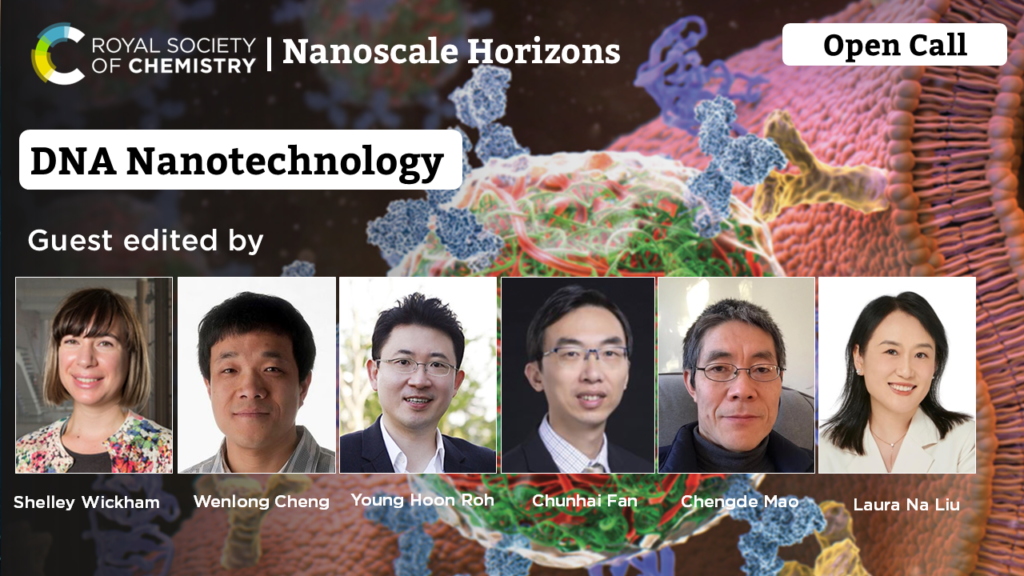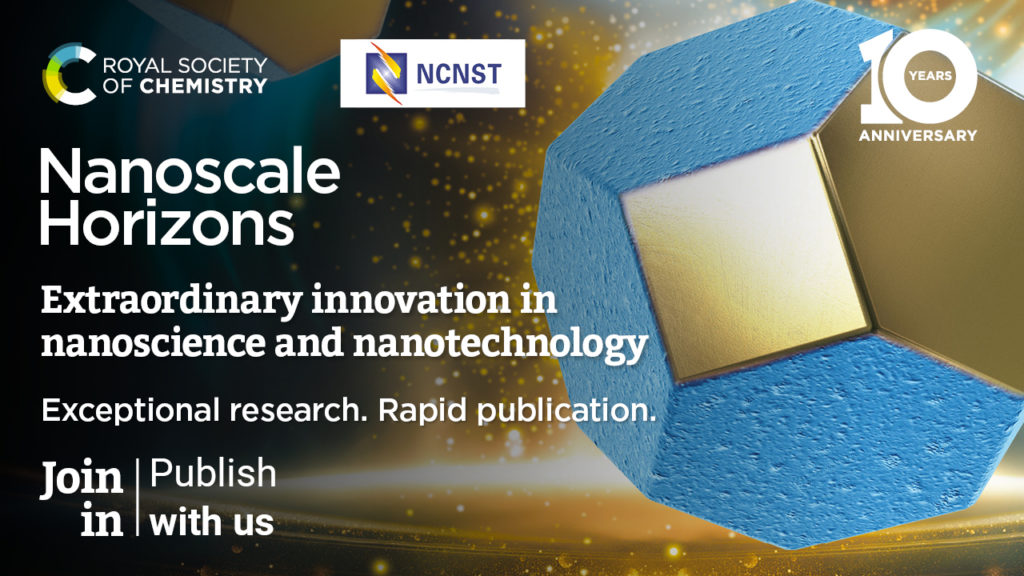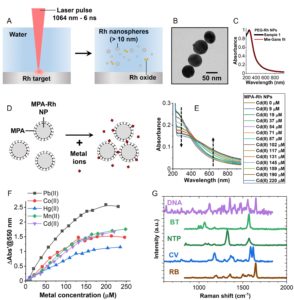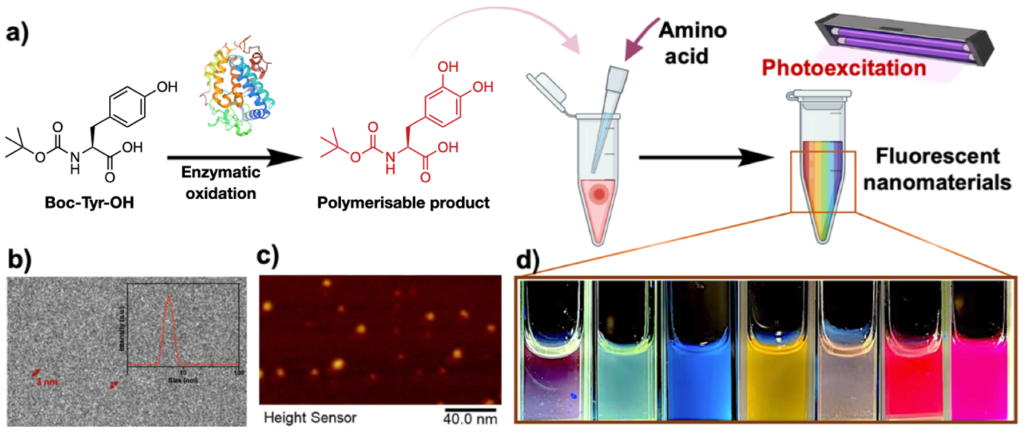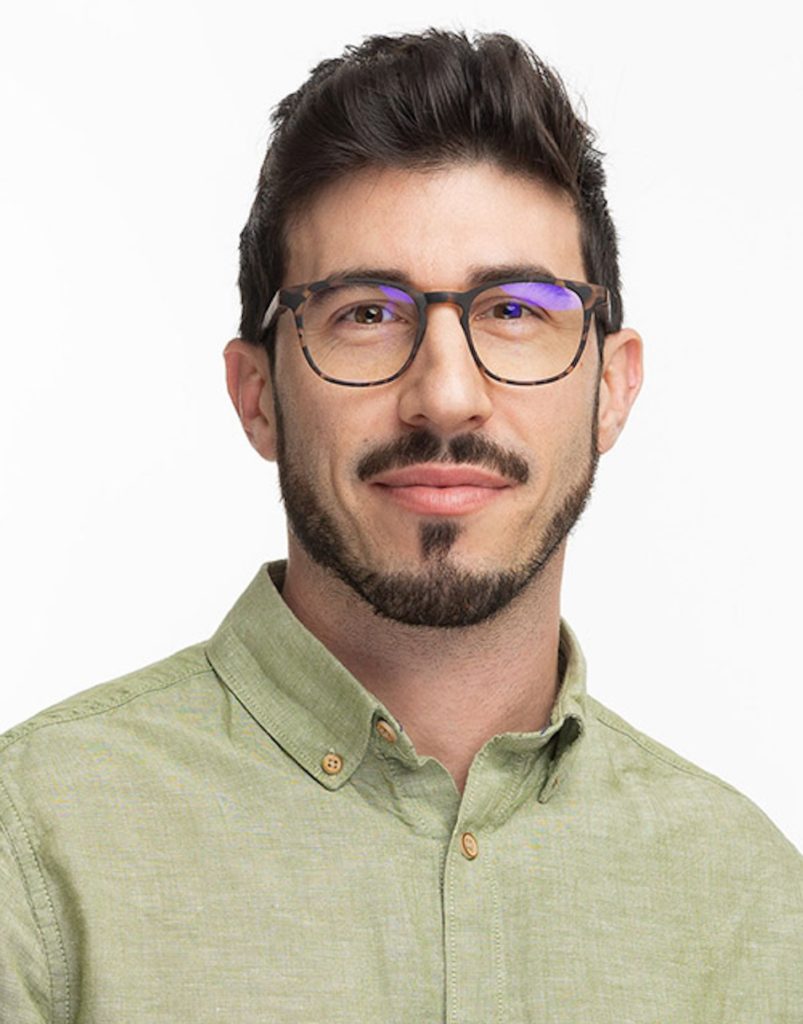Nanoscale Horizons Emerging Investigators Series
Explore the collection
Since the launch of Nanoscale Horizons, the journal has had a clear vision to publish exceptionally high-quality work whilst acting as a resource to researchers working at all career levels. We continue to be impressed by the quality of the research published and at the same time are looking for new ways of recognising and promoting the outstanding authors behind articles published in the journal.
The Nanoscale Horizons Emerging Investigators Series showcases early-career researchers who have published exceptional work in the journal. The Editorial Office and Editorial Board select outstanding Emerging Investigators who have published high-quality work from a pool of eligible authors, highlighting the researcher and their recently published work in an interview Editorial.
Discover our Emerging Investigators Series

Find a selection of featured Emerging Investigators and read their Nanoscale Horizons research below:
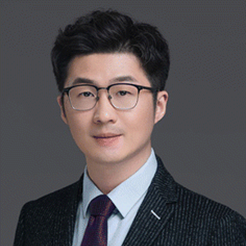 |
Dr Yuefei Wang, Tianjin University, China
Read the Emerging Investigator Series article: Full-color peptide-based fluorescent nanomaterials assembled under the control of amino acid doping
|
 |
Dr Jiang Zhou, Central South University, Hunan, China
Read the Emerging Investigator Series article: An ionically cross-linked composite hydrogel electrolyte based on natural biomacromolecules for sustainable zinc-ion batteries
|
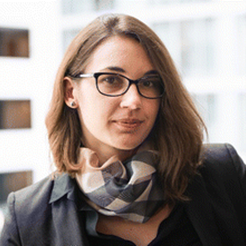 |
Dr Jovana Milić, University of Fribourg, Switzerland
Read the Emerging Investigator Series article: Resistive switching memories with enhanced durability enabled by mixed-dimensional perfluoroarene perovskite heterostructures
|
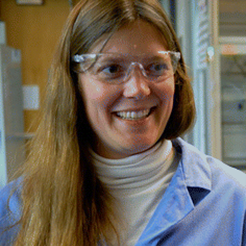 |
Dr Leslie Schoop, Princeton University, USA
Read the Emerging Investigator Series article: Chemical exfoliation of 1-dimensional antiferromagnetic nanoribbons from a non-van der Waals material
|
 |
Dr Mohammad Malakooti, University of Washington, USA
Read the Emerging Investigators article: Green synthesis of iron-doped graphene quantum dots: an efficient nanozyme for glucose sensing
|
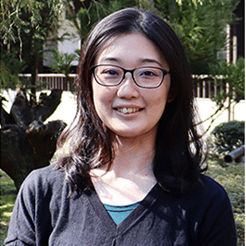 |
Dr Kayoko Kobayashi, Kyoto University, Japan
Read the Emerging Investigators article: Atomic-scale dents on cellulose nanofibers: the origin of diverse defects in sustainable fibrillar materials
|
We hope you have enjoyed finding out more about our Emerging Investigators. If you are an independent early-career researcher within 10 years of your PhD or within 5 years of your independent position, submit your best primary research to Nanoscale Horizons to be considered in the Emerging Investigator Series. More information about our eligibility and selection process can be found in this introductory editorial.
Nanoscale Horizons is a leading journal for the publication of exceptionally high-quality, innovative nanoscience and nanotechnology. The journal places an emphasis on work that demonstrates a novel concept or a breakthrough advance in nanoscience. Whatever your career stage, consider submitting your next quality work to Nanoscale Horizons. More information on our platform.













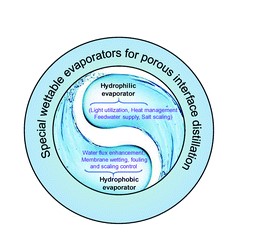

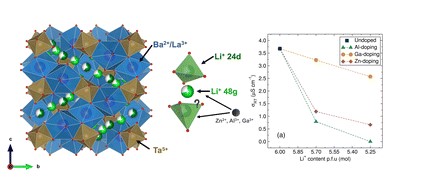




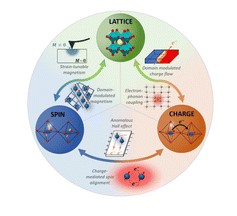
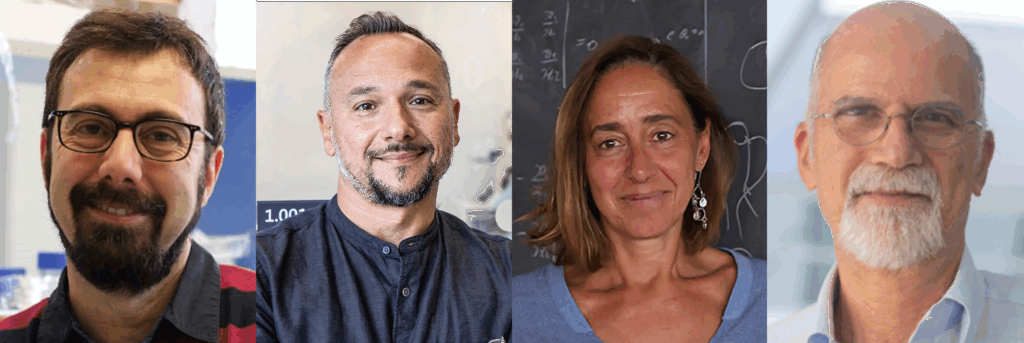
 Amina Benchohra started her studies at Sorbonne Université where she successively obtained a Bachelor in Biology-Chemistry and a Master Degree in Molecular Chemistry. She completed her Ph.D, in 2019, on the design of switchable hybrid materials based on magnetic molecular complexes, at the Institut Parisien de Chimie Moléculaire (IPCM, Paris) under the supervision of Prof David Kreher and Prof Rodrigue Lescouëzec. She then joined Moltech-Anjou (Angers, France), to work with Dr Sébastien Goeb on self-assembled materials for solar cells applications. After moving to the design of Cr(III)-Ln assemblies for energy-transfer upconversion -as post-doctoral researcher and then as a junior lecturer- in the group of Prof Piguet (Geneva), she took up an assistant professor position at the Université de Bretagne Occidentale (Brest, France) in 2023. Her current research focuses on functional molecular materials.
Amina Benchohra started her studies at Sorbonne Université where she successively obtained a Bachelor in Biology-Chemistry and a Master Degree in Molecular Chemistry. She completed her Ph.D, in 2019, on the design of switchable hybrid materials based on magnetic molecular complexes, at the Institut Parisien de Chimie Moléculaire (IPCM, Paris) under the supervision of Prof David Kreher and Prof Rodrigue Lescouëzec. She then joined Moltech-Anjou (Angers, France), to work with Dr Sébastien Goeb on self-assembled materials for solar cells applications. After moving to the design of Cr(III)-Ln assemblies for energy-transfer upconversion -as post-doctoral researcher and then as a junior lecturer- in the group of Prof Piguet (Geneva), she took up an assistant professor position at the Université de Bretagne Occidentale (Brest, France) in 2023. Her current research focuses on functional molecular materials. Fangfang Cao received her Ph.D. in Inorganic Chemistry from the University of Science and Technology of China in 2019, under the co-supervision of Prof. Jinsong Ren and Prof. Xiaogang Qu. She then pursued postdoctoral research at the National University of Singapore under the guidance of Prof. Xiaoyuan Chen. Her research focuses on nanocatalytic medicine, encompassing artificial enzymes, bioorthogonal catalysts, plasma catalysts, and piezoelectric materials for the treatment of cancer, infections, and inflammation. More recently, her work has expanded to microbial therapy, leveraging probiotics and viruses for translational medicine.
Fangfang Cao received her Ph.D. in Inorganic Chemistry from the University of Science and Technology of China in 2019, under the co-supervision of Prof. Jinsong Ren and Prof. Xiaogang Qu. She then pursued postdoctoral research at the National University of Singapore under the guidance of Prof. Xiaoyuan Chen. Her research focuses on nanocatalytic medicine, encompassing artificial enzymes, bioorthogonal catalysts, plasma catalysts, and piezoelectric materials for the treatment of cancer, infections, and inflammation. More recently, her work has expanded to microbial therapy, leveraging probiotics and viruses for translational medicine. Dr. Jaime Andrés Pérez Taborda received the Engineering Physics degree (Hons.) from the Technological University of Pereira, Colombia, in 2011, and the master\’s degree in synchrotron radiation and particle accelerators from the Universitat Autònoma de Barcelona in 2013, as well as his Ph.D (Cum laude) from the Institute of Microelectronics of Madrid, Complutense University of Madrid, and Higher Council of Scientific Research CSIC, Spain. He has published research articles and book chapters on various subjects including piezoelectric nanostructures for acoustic wave sensors, nanoengineering new thermoelectric materials with high efficiencies obtained by physical methods, such as sputtering and pulsed laser deposition. In addition, he is also a co-founder and President of the Colombian Society of Physics Engineering.
Dr. Jaime Andrés Pérez Taborda received the Engineering Physics degree (Hons.) from the Technological University of Pereira, Colombia, in 2011, and the master\’s degree in synchrotron radiation and particle accelerators from the Universitat Autònoma de Barcelona in 2013, as well as his Ph.D (Cum laude) from the Institute of Microelectronics of Madrid, Complutense University of Madrid, and Higher Council of Scientific Research CSIC, Spain. He has published research articles and book chapters on various subjects including piezoelectric nanostructures for acoustic wave sensors, nanoengineering new thermoelectric materials with high efficiencies obtained by physical methods, such as sputtering and pulsed laser deposition. In addition, he is also a co-founder and President of the Colombian Society of Physics Engineering. Jiandong Yao obtained his B.S. degree in Materials Physics from School of Physics Science & Engineering, Sun Yat-sen University (2013) and his Ph.D. degree in Condensed Matter Physics from School of Physics, Sun Yat-sen University (2018). Then, he served as a research fellow in Nanyang Technological University. Currently, he is an Associate Professor of School of Materials Science & Engineering, Sun Yat-sen University (One Hundred Talents Program). The focus of his research lies in the synthesis of novel nanomaterials and their application in electronic/optoelectronic devices
Jiandong Yao obtained his B.S. degree in Materials Physics from School of Physics Science & Engineering, Sun Yat-sen University (2013) and his Ph.D. degree in Condensed Matter Physics from School of Physics, Sun Yat-sen University (2018). Then, he served as a research fellow in Nanyang Technological University. Currently, he is an Associate Professor of School of Materials Science & Engineering, Sun Yat-sen University (One Hundred Talents Program). The focus of his research lies in the synthesis of novel nanomaterials and their application in electronic/optoelectronic devices Jianfang Wang obtained his BS degree in inorganic chemistry and software design in 1993 from the University of Science and Technology of China, his MS degree in inorganic chemistry in 1996 from Peking University, and his PhD degree in physical chemistry in 2002 from Harvard University. He did postdoctoral study in the University of California Santa Barbara from 2002 to 2005. He joined the Department of Physics, The Chinese University of Hong Kong (CUHK) in 2005 as an assistant professor. He became an associate professor in 2011 and a full professor in 2015. He was the Assistant Dean (Education) of the Faculty of Science of CUHK from August 2015 to July 2021 and has been the Chairperson of the Department of Physics of CUHK since August 2021. His current research interests are nanoplasmonics, nanophotonics, and photocatalysis. He has published more than 310 papers with a total citation of more than 48,200 and an h-index of 103.
Jianfang Wang obtained his BS degree in inorganic chemistry and software design in 1993 from the University of Science and Technology of China, his MS degree in inorganic chemistry in 1996 from Peking University, and his PhD degree in physical chemistry in 2002 from Harvard University. He did postdoctoral study in the University of California Santa Barbara from 2002 to 2005. He joined the Department of Physics, The Chinese University of Hong Kong (CUHK) in 2005 as an assistant professor. He became an associate professor in 2011 and a full professor in 2015. He was the Assistant Dean (Education) of the Faculty of Science of CUHK from August 2015 to July 2021 and has been the Chairperson of the Department of Physics of CUHK since August 2021. His current research interests are nanoplasmonics, nanophotonics, and photocatalysis. He has published more than 310 papers with a total citation of more than 48,200 and an h-index of 103.
